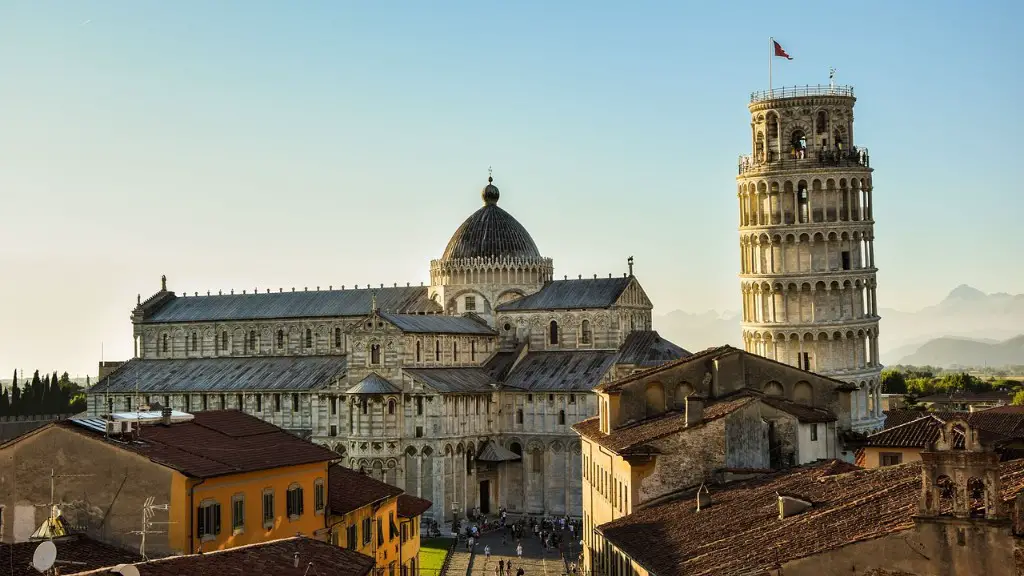Historic Context
The Forbidden City is an immense palace complex situated in the centre of Beijing that was the home of the Chinese emperors and their families between the mid-Ming Dynasty to the end of the Qing Dynasty. This period of Chinese history spanned from 1420 to 1912 and was characterised by political, economic and cultural developments and advancement. Considered to be one of the world’s most enduring and greatest ancient monuments, the Forbidden City is a magnificent example of the traditional imperial architectural style that captures and fascinates the imagination of many.
Name Origin
The Forbidden City has a long and colourful history with many theories on why it has been called ‘the Forbidden City’. One of the earliest theories was that the palace gates were closed in order to keep out evil forces and any other undesirable persons. Others suggested that the name was derived from the fact that commoners and outsiders were forbidden from entering the palace unless they had a legitimate purpose.
Perhaps the most widely accepted explanation is that the ruling emperor of the time, Zhu Di of the Ming Dynasty, declared the palace to be ‘the Forbidden City’ as a symbolic gesture to represent the divine power of the emperor. The palace served as the imperial seat of power for centuries and was strictly off-limits to everyone but the emperor, his family and authorized personnel.
Unique Characteristics
The Forbidden City has numerous iconic and unique buildings and features, such as its perimeter walls, the Hall of Supreme Harmony, the Golden Stream, and the Meridian Gate. These incredible structures have remained the same for hundreds of years, making the Forbidden City an important reference point for understanding the traditional Chinese imperial architectural style.
The borders of the Forbidden City are extremely well-preserved and it covers an impressive 74 hectares. Within the palace walls, one finds well-manicured gardens and courtyards, pavilions, galleries, and traditional architecture that highlight the history and culture of the Ming and Qing Dynasties. Every corner of the Forbidden City is imbued with symbolic and historical meaning that has been carefully selected by the emperors.
Decline and Restoration
After the collapse of the Qing Dynasty in 1912, the Forbidden City was largely neglected and thus began falling into disrepair. It was only in 1949, with the establishment of the People’s Republic of China, when the government made a concerted effort to restore the palace to its former glory. Following extensive research and work from a team of over 2,000 architects, historians and artisans, the Forbidden City was opened to the public in 1992 and has since then remained a major tourist attraction.
Social, Cultural and Economic Impacts
The Forbidden City has, in many ways, become a powerful symbol of China’s culture and identity. Its iconic architecture and grandeur have captivated millions of visitors and helped to further promote a deeper understanding of Chinese traditions and customs. The Forbidden City has also become a significant source of income for the city of Beijing as it contributes to the city’s thriving tourism industry.
Themes and Interpretations
Since its opening to the public, the Forbidden City has also inspired and served as the basis of many famous works of art and literature. These works include the books ‘Dream of the Red Chamber’ by Cao Xueqin and ‘The Princess of the Mandarin Ducks’ by Cixin Liu, as well as the films ‘Mulan’ and ‘Day of the Flying Fox’. These literary and cinematic works, along with other forms of art, have all come to represent the many stories and interpretations of the Forbidden City and its significance to Chinese culture.
Myths and Legends
The Forbidden City has also given rise to a myriad of myths and legends, with perhaps the most prevalent being one about the entrance to a ‘lost underground palace’ that is hidden beneath the palace walls. Many stories attribute the mysterious stairs, chambers and tunnels of this subterranean palace to the emperor Zhu Di, who wanted to ensure that the palace was kept well-protected in the event of a military attack.
Symbolism of Power
The Forbidden City also symbolises the ultimate power and authority of the Chinese emperors. Its grand architecture and towering walls were designed to demonstrate the imperial family’s wealth and superiority. The Forbidden City is full of symbolism and statues that are said to possess the power to protect the palace and the emperors within it.
Education and Relevance
The Forbidden City has become an important reference point for understanding Chinese history and culture. It provides a unique insight into the ideologies and values of Chinese society during its long imperial history. Its lasting legacy and brilliant architecture continue to captivate the imagination of many and serve as a reminder of the Forbidden City’s legacy and importance to modern Chinese culture.
